Already, tens of thousands of people in the region have lost power, with heavy rainfall, storm surges, and wind gusts causing damage to houses and forcing the closure of schools, businesses, beaches, and roads.
But what is a category 2 cyclone, and how does it compares to others?
Read on to find out what the Bureau of Meteorology says.
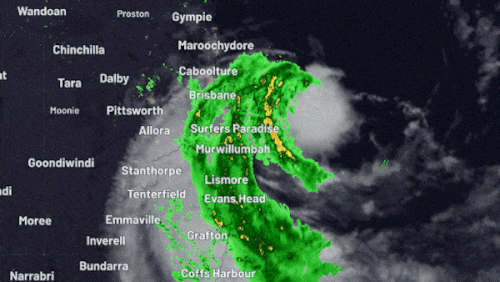
How do cyclone categories work?
Categories rank the maximum average wind speed of a tropical cyclone.
However, they don’t give any indication of the overall impact a cyclone will have, or the weather conditions it will bring outside of that.
Cyclones of any size pose a threat to humans and their environments.
A lower-category cyclone can still bring heavy rainfall, storm surges, and flooding, though strong wind does often add fuel to these other elements.
If you hear categories being applied to hurricanes or typhoons, its because these are just other terms for a tropical cyclone.
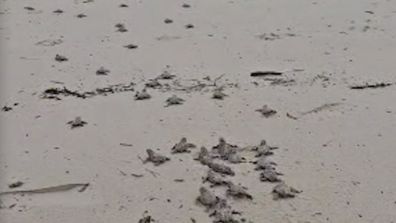
Baby turtles seen hatching on Queensland beach ahead of Alfred’s landfall
A category 1 tropical cyclone brings maximum mean wind speeds of 63–88 kilometres per hour, with strongest gusts up to 125 kilometres per hour.
You can expect minimal damage to houses with these winds, says the BOM, as well as damage to some crops, trees, and caravans. Boats may also drag their moorings.
Category 2 cyclones bring destructive winds of up to 126-164 kilometres per hour, damaging houses and wrecking significant havoc on trees, signs, and caravans.
Power outages are common with category two cyclones, while crops can be heavily impacted, and small boats may break their moorings.
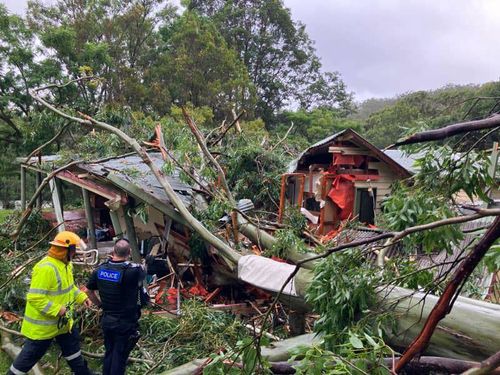
With category 3 cyclones, expect very harmful winds reaching up to 165-224 kilometres per hour that cause roof and structural damage to buildings and widespread power outages.
Trees, crops, and caravans will likely face high levels of destruction.
From this level onwards, you’ll also here the word ‘severe’ added to the title of the tropical cyclone.
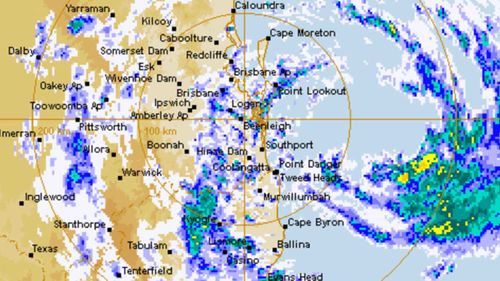
Categories 4 and 5 are where wind speeds become catastrophic; Cyclone Tracy was a category 4 tropical cyclone.
According to the BOM, you can expect significant roofing and structural damage to houses with wind speeds of up to 225–279 kilometres per hour.
The natural environment – including vegetation and crops – will face extensive damage, and power failures will be widespread.
One thing to look out for in category four cyclones is large flying debris, which can cause major harm and death to people, as well as damage to houses.
For example, caravans are likely to be blown away in these conditions.
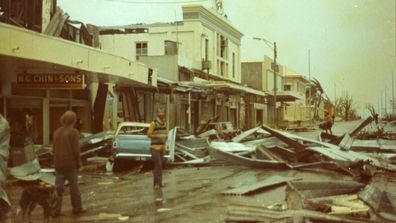
How will Alfred compare to Australia’s worst cyclones?
The fifth and final cyclone category brings maximum destruction.
Wind speeds reach a maximum mean greater than 200 kilometres per hour. Strong gusts greater than 279 kilometres per hour are expected to severely damage infrastructure, houses, and vegetation.
Cyclone Yasi, a category 5 which hit northern Queensland in 2011, was one of the most destructive cyclones in Australia’s history.






